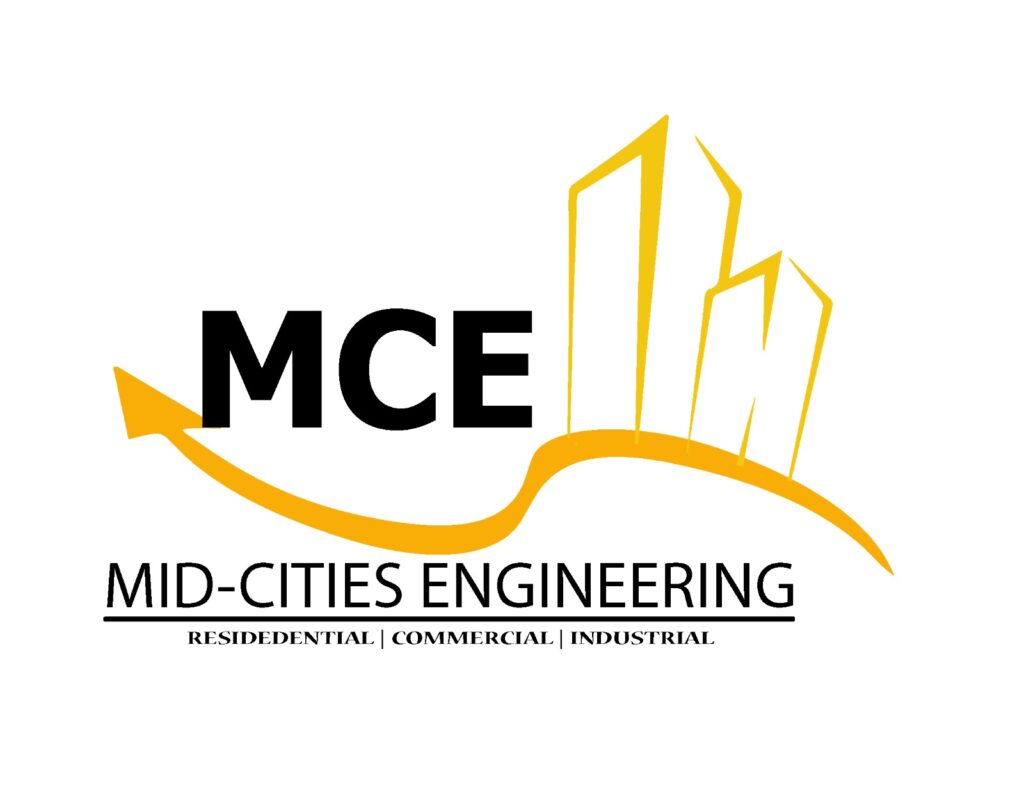Conceptual Design
Conceptual Design
Conceptual design is a critical phase in the product development and architectural design process. It serves as the foundational stage where ideas, requirements, and constraints are synthesized into a high-level conceptual framework. This phase lays the groundwork for the entire project, guiding subsequent decisions, and shaping the final product’s form and function. Conceptual design bridges the gap between a vague vision and a well-defined project, allowing designers and stakeholders to align their expectations and goals. It involves brainstorming, ideation, and the creation of rough sketches or diagrams that capture the essence of the project without getting bogged down in technical details. By focusing on the core concepts and principles, conceptual design provides a clear roadmap for the subsequent stages of development, making it an indispensable part of the design process across various domains, from architecture and engineering to software development and product design.
Previous
Next
what is Architectural Design?
Architectural design is the process of creating a detailed plan and conceptual framework for the construction of a building or structure, encompassing both the aesthetic and functional aspects. It involves translating a client’s requirements and vision into a comprehensive blueprint that includes the layout, materials, structural elements, and spatial organization of the project. Architectural design considers factors such as aesthetics, sustainability, safety, and functionality, with the goal of producing a harmonious and functional built environment that meets the needs of its users while also adhering to relevant building codes and regulations.
Advantages of creating Architectural Design
- Aesthetic appeal and visual enhancement.
- Improved functionality and space utilization.
- Compliance with safety and building codes.
- Cost control and budget optimization.
- Enhanced construction quality.
- Project visualization and issue identification.

